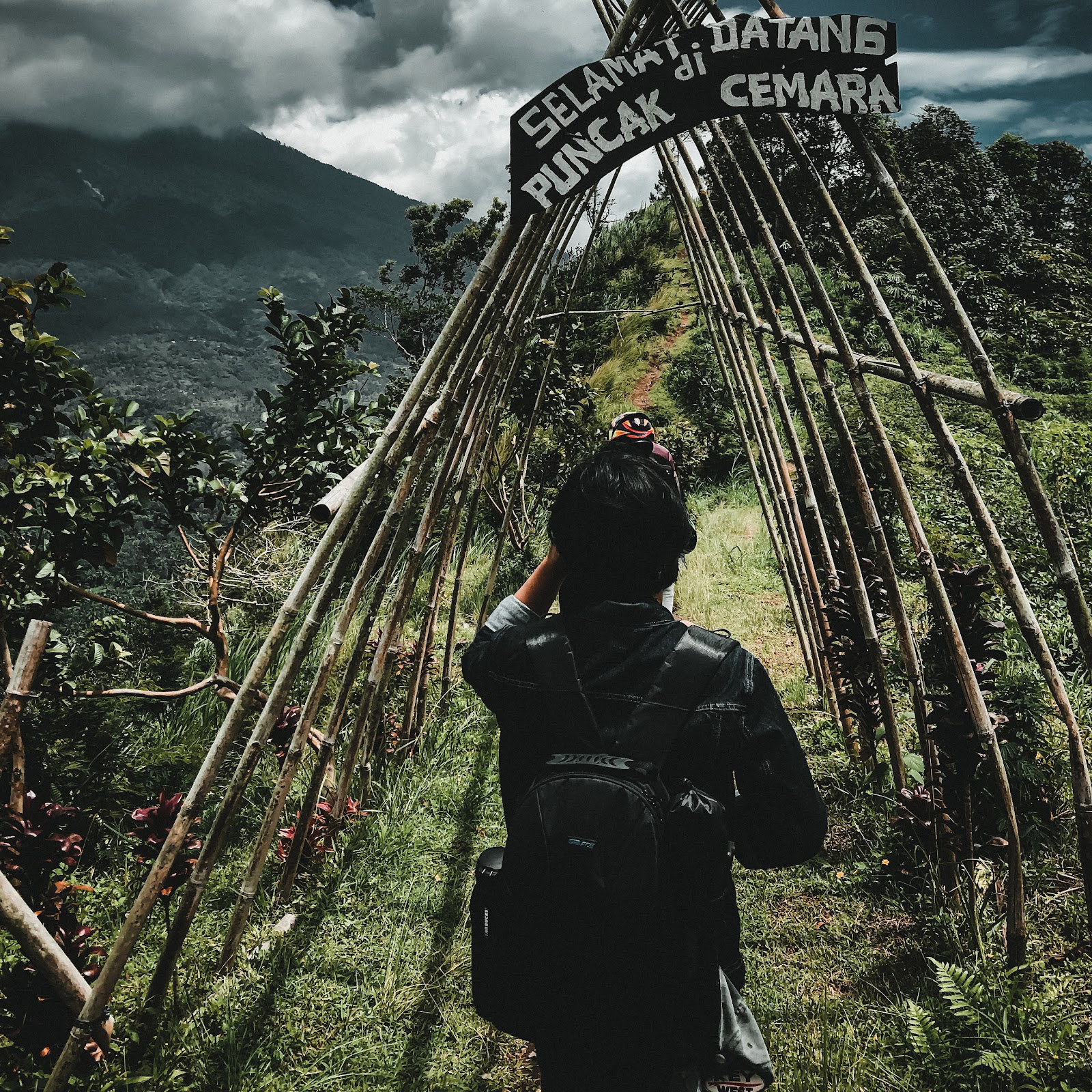Nyepi is a Hindu holy day which is celebrated every Saka New Year . Today falls on the count of Tilem Kesanga (IX) which is believed to be the day of purification of the gods who are in the center of the ocean that carry the essence of living water amerta . For that Hindus perform sacred worship of them.
Vesak Day , along with the Holy Day of Silence, was designated as a national holiday based on the Decree of the President of Indonesia Number 3 of 1983 dated January 19, 1983 .
Definition of Nyepi
Nyepi comes from the word quiet (silent, silent). Nyepi Day is actually a Hindu New Year celebration based on the aka calendar, which began in 78 AD. Unlike the Christian New Year celebrations, the aka New Year in Bali starts off in solitude. No activities as usual. All activities are canceled, including public services, such as the International Airport being closed, but not for hospitals.
The main purpose of Hari Raya Nyepi is to pray to the Almighty God, to purify Bhuana Alit (human nature/ microcosmos ) and Bhuana Agung/ macrocosmos (universe). Before Hari Raya Nyepi, there are a series of ceremonies performed by Hindus, especially in Bali.
Melasti, Tawur (Pecaruan), and Pengrupukan
Three or two days before Nyepi, Hindus perform purification by performing a Melasti ceremony or also called Melis/Mekiyis. On that day, all prayer facilities in the temple (holy place) are paraded to the beach or lake, because the sea or lake is a source of holy water (tirta amerta) and can purify all leteh (dirty) in humans and nature.
The day before Nyepi, namely on "tilem sasih sanga" (9th dead moon), Hindus carry out the Buta Yadnya ceremony at all levels of society, starting from each family, banjar, village, sub-district, and so on, by taking one of the one of the types of caru (a kind of offering) according to its ability. The blind Yadnya were respectively named Pañca Sata (small), Pañca Sanak (medium), and Tawur Agung (large). Tawur or pecaruan itself is a purification for Blind Kala , and all tiredness (impurities) are expected to disappear altogether. Caruperformed in house, each consisting of foreign rice (five) color of 9 sparring / package along with side dishes, such as chicken brumbun (colorful) accompanied by drumming liquor / wine. This blind Yadnya is addressed to the Blind King, Blind Kala and Batara Kala, by begging them not to disturb the people.
Mecaru is followed by a pengrupukan ceremony , which is spreading nasi tawur, torching the house and the entire yard, spraying the house and yard with gunpowder, and hitting any objects (usually gongs) to make a loud noise. This stage is carried out to expel Buta Kala from the home, yard, and surrounding environment. Especially in Bali , pengrupukan is usually enlivened with an ogoh-ogoh parade which is the embodiment of Blind Kala which is paraded around the environment, and then burned. The goal is the same, namely to expel Buta Kala from the surrounding environment.
The highlight of Nyepi Event
The next day, ie on pinanggal linings , sasih kedasa (1st, 10th month), comes the real Nyepi Day. On this day the atmosphere is dead. No busy activities as usual. On this day, Hindus carry out "Catur Brata" Penyepian which consists of observing geni (no fiery / not using and/or starting fire), observing work (not working), observing lelungan (not traveling), and observing auctionuan (not listening). entertainment). And for those who are able to also do asceticism, Brata, yoga , and semadhi. On this day Hindus do not carry out their usual activities at all, the environment looks deserted, even like a dead city, no lights are on, everyone is silent in their homes.
Thus for the new era, it really begins with a new, pure white page. To start life in the new year aka too, this basis is used, so that everything we do starts from the holy and clean. Each person with knowledge ( sang wruhing tattwa jñana ) performs brata (restraint of lust), yoga (connects the soul with paramatma (God)), tapa (resistance practice of suffering), and samadi (oneness with God, whose ultimate goal is inner and outer purity). .
All of this is a must for Hindus to have inner readiness to face every challenge of life in the new year.
Firefighting (Firefighting)
The last series of Saka New Year celebrations is Ngembak Geni day which falls on "pinanggal ping kalih" (2nd day of Sasih Kedasa (X month). On this day the Saka New Year enters its second day. Hindus do Dharma Shanti with extended family and neighbors, giving thanks and forgiving each other ( ksama ) to one another, to start a clean new year. The essence of Dharma Santi is the Tattwamasi philosophy which views that all humans in all corners of the earth as the creation of Ida Sanghyang Widhi Wasa should love one another, forgive all mistakes and mistakes. Live in harmony and peace.








No comments:
Post a Comment